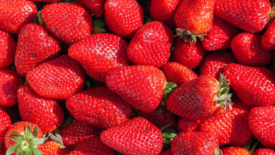Home » Keywords: » UV
Items Tagged with 'UV'
ARTICLES
The use of hydroxyl radical air cleaners is a unique and valuable addition to the food industry's methods of minimizing pathogens in air and on surfaces
Read More
BIZTRACKS
Raslysation Could Replace Pasteurization, Uses UV for Microbial Inactivation of Liquids
February 1, 2023
Never miss the latest news and trends driving the food safety industry
eNewsletter | Website | eMagazine
JOIN TODAY!Copyright ©2025. All Rights Reserved BNP Media.
Design, CMS, Hosting & Web Development :: ePublishing






